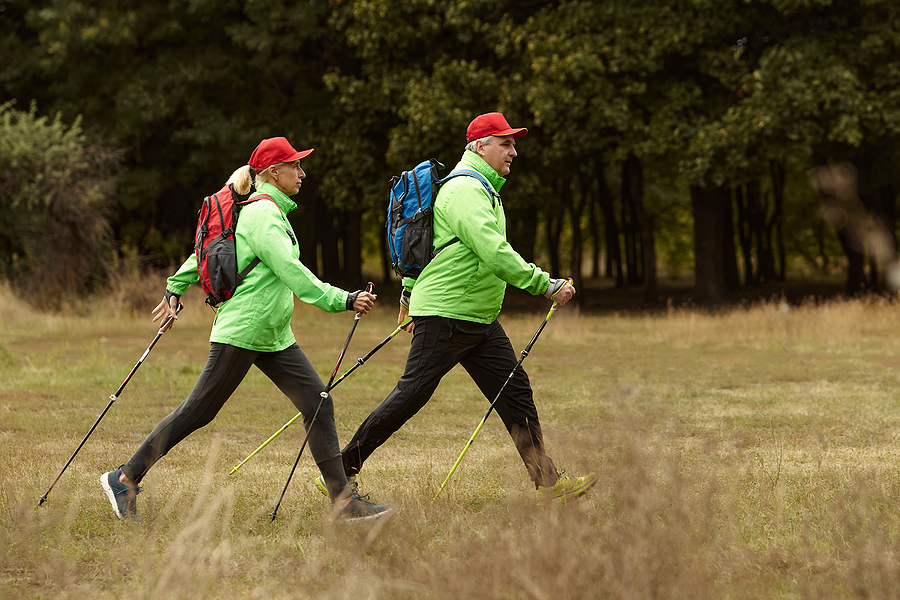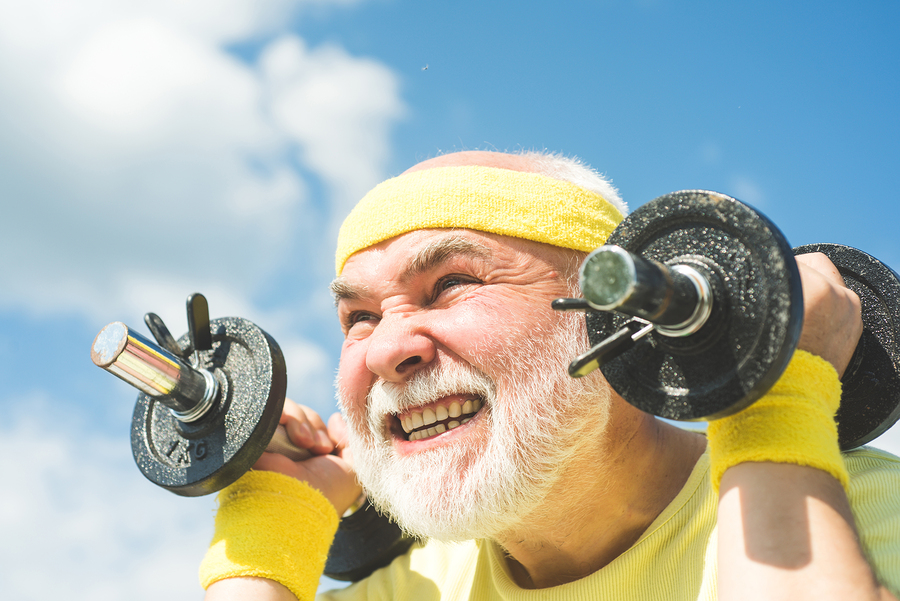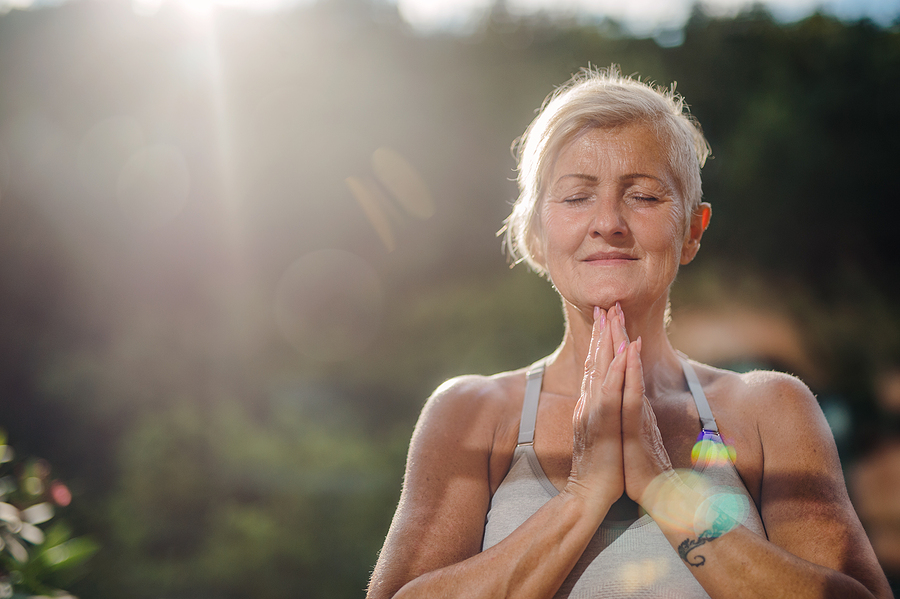Second act, stronger: Redefining fitness and health in your 50s and beyond
For many, turning 50 marks a milestone that brings both reflection and opportunity.
It’s a chance to reassess what truly matters in life, particularly when it comes to health and well-being. Contrary to outdated beliefs that aging inevitably leads to physical decline, more and more people are using this phase as a time to get stronger, fitter, and healthier than ever before. The second act of life doesn’t have to be about slowing down – it can be about accelerating towards greater vitality.
Here’s how to redefine fitness and health in your 50s and beyond, embracing both the wisdom of experience and the energy of a well-tuned body.
The Benefits of Staying Active After 50

Regular exercise and healthy habits have profound benefits at any age, but they’re especially crucial as we get older. Maintaining an active lifestyle helps prevent or manage chronic conditions such as heart disease, diabetes, and osteoporosis, while also enhancing mental clarity, mood, and overall quality of life. Beyond the physical, exercise boosts confidence, independence, and a sense of accomplishment.
In short, staying active is one of the best things you can do for yourself in the second half of life. But what does that look like? For some, it means hitting the gym or running marathons. For others, it’s about finding balance through low-impact activities, strength training, or even walking. The key is discovering what works for your body and your goals – and the good news is that it’s never too late to start.
Shifting the Focus from “Fitness” to “Wellness”
In our younger years, fitness is often associated with aesthetics – having toned muscles or fitting into a certain size. But in our 50s and beyond, fitness takes on a broader, more meaningful role. It becomes about wellness, a holistic approach that includes not just physical health but also mental, emotional, and spiritual well-being.
While building strength and endurance is still important, the focus shifts to enhancing longevity, mobility, and flexibility – ensuring that we can continue to enjoy the activities and people we love for as long as possible.
Wellness after 50 includes:
- Functional fitness: Exercises that mimic real-life movements, improving coordination and balance.
- Mobility and flexibility: Stretching and yoga to keep joints supple and reduce stiffness.
- Mental health: Incorporating mindfulness practices, such as meditation or tai chi, to support emotional and mental well-being.
Building Strength for Life

Strength training is one of the most powerful tools for staying fit after 50. As we age, muscle mass naturally decreases, leading to weaker muscles, reduced metabolism, and a higher risk of injury. This process, known as sarcopenia, begins as early as our 30s and accelerates over time if left unchecked.
However, research shows that resistance training – using weights, resistance bands, or bodyweight exercises—can not only stop muscle loss but also reverse it. In fact, many people over 50 experience a surge in strength, endurance, and energy after incorporating regular strength training into their routines. Stronger muscles also mean improved posture, balance, and bone density, which is crucial for preventing falls and fractures.
To start:
- Begin with light weights or resistance bands, gradually increasing the load as your strength improves.
- Focus on exercises that target major muscle groups: squats, lunges, chest presses, and rows are excellent choices.
- Incorporate bodyweight exercises like push-ups, planks, and squats for full-body engagement.
- Don’t forget the core! Strengthening your core supports your back and enhances balance and stability.
Cardio: Boosting Heart and Lung Health
Cardiovascular exercise remains essential for keeping your heart and lungs healthy. Whether it’s brisk walking, cycling, swimming, or dancing, regular cardio boosts circulation, improves heart function, and enhances stamina. It also helps regulate blood pressure and cholesterol levels – two key factors in maintaining heart health as we age.
Incorporate at least 150 minutes of moderate-intensity cardio each week. If high-impact activities like running feel too taxing, low-impact options like cycling, rowing, or water aerobics are excellent alternatives that are gentler on joints but still effective.
Flexibility and Mobility: Moving with Ease
 Flexibility and mobility are often overlooked aspects of fitness but are critical for maintaining an active lifestyle after 50. Stretching keeps muscles pliable and joints limber, reducing the risk of injuries and promoting ease of movement.
Flexibility and mobility are often overlooked aspects of fitness but are critical for maintaining an active lifestyle after 50. Stretching keeps muscles pliable and joints limber, reducing the risk of injuries and promoting ease of movement.
Yoga and Pilates are fantastic ways to enhance flexibility while also building strength and improving balance. These practices also have the added benefit of fostering mindfulness, which can help reduce stress and improve mental focus.
Simple daily stretches or mobility exercises, such as hip openers or shoulder stretches, can also help combat stiffness, especially for those who spend a lot of time sitting or working at a desk.
Recovery and Rest: Listening to Your Body
As you redefine your fitness routine, it’s essential to respect the importance of recovery. After 50, your body may take longer to recover from workouts, so it’s vital to balance periods of intense activity with proper rest. Overtraining can lead to burnout, injury, or fatigue, making recovery practices even more important.
- Sleep: Quality sleep is essential for muscle repair, immune function, and mental clarity. Aim for 7-9 hours of restful sleep each night.
- Stretching and massage: Incorporating post-workout stretching, foam rolling, or even occasional massages can help reduce muscle tension and speed up recovery.
- Mind-body balance: Consider integrating gentle activities like walking, tai chi, or meditation to calm the mind and body, reducing stress and improving overall well-being.
 Nutrition for Strength and Longevity
Nutrition for Strength and Longevity
What you eat plays an integral role in how your body feels and functions, especially as you age. Nutrient-dense foods that support muscle growth, bone health, and heart function are key to maintaining a strong, healthy body.
Focus on a diet rich in:
- Lean proteins: To help build and maintain muscle mass. Include fish, chicken, beans, tofu, or lean beef.
- Healthy fats: Omega-3s found in fish, nuts, and seeds support brain and heart health.
- Calcium and Vitamin D: To strengthen bones and prevent osteoporosis. Dairy products, leafy greens, and fortified foods are great options.
- Antioxidant-rich fruits and vegetables: To combat inflammation and support overall health.
 Hydration is also crucial, as the body’s ability to conserve water decreases with age. Drink plenty of water throughout the day, especially before and after exercise.
Hydration is also crucial, as the body’s ability to conserve water decreases with age. Drink plenty of water throughout the day, especially before and after exercise.
Finding Joy in Movement
Perhaps the most important part of redefining fitness after 50 is finding joy in movement. Exercise doesn’t have to be a chore – it can be something that brings pleasure and fulfillment. Whether it’s joining a dance class, hiking with friends, or spending time in the garden, engaging in activities that you love will keep you motivated and active.
The second act of life is a time for reinvention, and when it comes to fitness, it’s an opportunity to redefine what it means to be strong, healthy, and vibrant. By focusing on building strength, improving mobility, and nurturing overall well-being, you can step into this next phase feeling empowered and confident—ready to enjoy everything life has to offer.
Final Thoughts
Your 50s and beyond can be your healthiest years yet. With a focus on functional fitness, strength training, and wellness practices that honor both your body and mind, you can build a lifestyle that supports longevity and vitality. It’s not about turning back the clock; it’s about making the most of every moment, feeling strong and capable, and fully embracing the second act of life.
So, let go of the notion that aging means decline. Instead, see it as a new beginning – one where you can grow stronger, healthier, and happier than ever before
Latest posts by Sally - Silversurfer's Editor (see all)
- Graham Norton’s funniest interviews - April 2, 2025
- How to help hay fever sufferers make Springtimemore comfortable - April 1, 2025
- Win a cruise of your choice with Fred. Olsen Cruise Lines - April 1, 2025
- Win a 2025/26 Ashes Experience for Two! - April 1, 2025
- Win ONE of THREE pairs of tickets for BBC Gardeners’ World Live at the NEC Birmingham - April 1, 2025




















